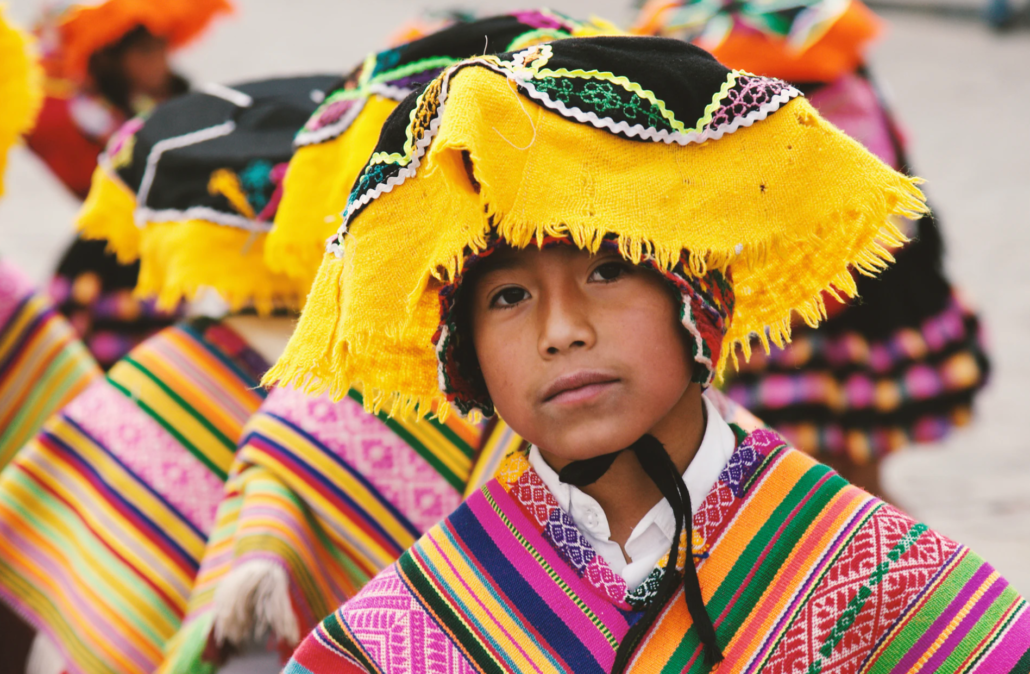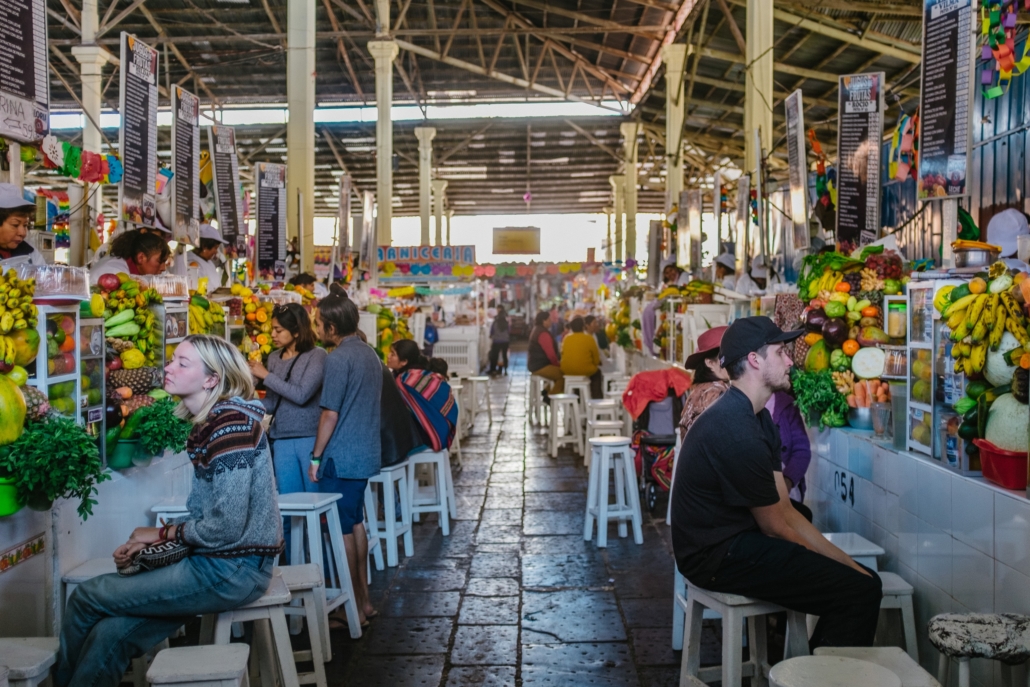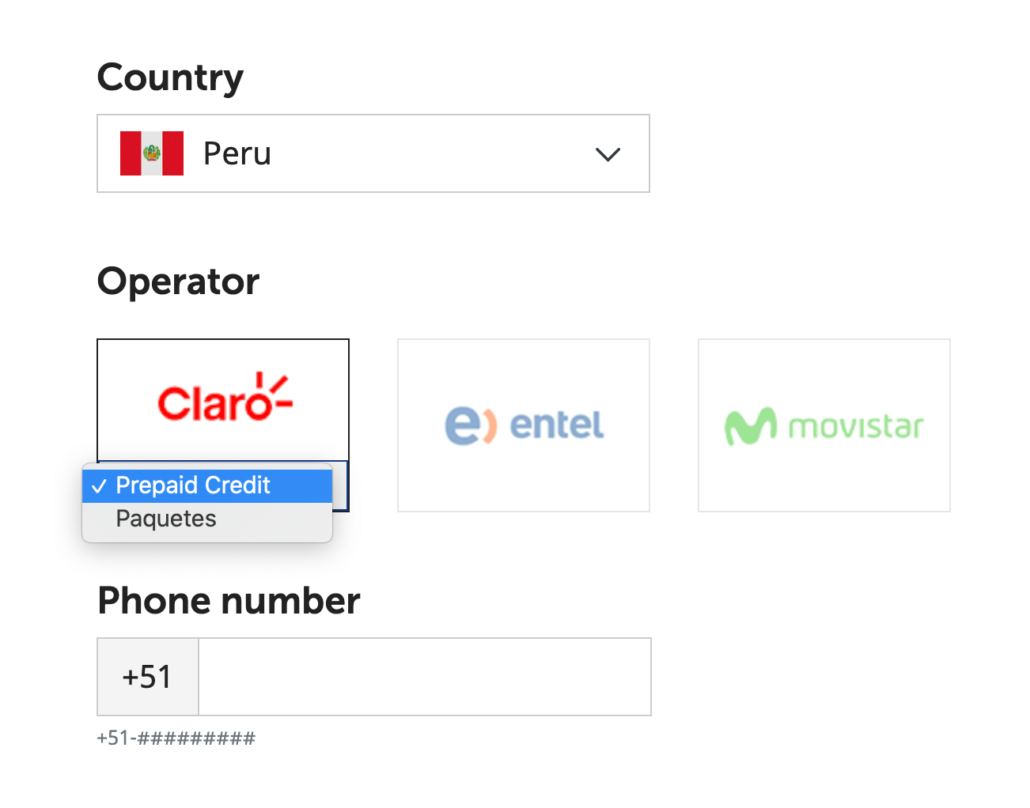Why lockdown measures in Peru haven’t been efficient

Photo by Ben Ostrower on Unsplash
Although lockdown measures in Peru have been set ON starting early, on March 16, coronavirus cases keep raising. Specialists try to understand why, and we were curious to understand more. So, here are some hypothesis on the inefficiency of lockdown measures in Peru and some ways we could help from a distance to help Peru overcome the crisis.
But more than two months later the country is one of the region’s worst-hit by Covid-19 and has been unable to flatten the curve of infections. Peru now ranks second only to Brazil in Latin America with 104,020 confirmed cases and a death toll of 3,024 according to official figures on Tuesday. (The Guardian)
Markets as major hubs of infection
Peru’s healthcare system was underprepared. But there seems to be more social and economic factors that can help explain why lockdown measures in Peru did not work as expected, according to BBC.

Photo by Ashim D’Silva on Unsplash
A 2020 government survey shows that over 40% of the households in Peru do not have a refrigerator, plus many cannot stock up on food and thus…
They have to go out to stock up frequently and especially go to the markets. (Peruvian economist Hugo Ñopo, Coronavirus: What’s happening in Peru?, BBC)
La Victoria fruit market in Peru’s capital, Lima, registered 86% of vendors with Covid-19 virus in May, according to official statistics.
“We are so proud of our culinary tradition, our cooking methods and the freshness of our ingredients. . . But we forgot the objective was not just to minimise our journeys outside but also to maximize our social distancing.” (Hugo Ñopo, a lead researcher at Grade, The Guardian)
Poor digital payment system
Sociologists still wondering why lockdown measures in Peru did not work well, reached the digital payment system as a possible cause.
In 2017, it was about 8.7 million Peruvians that made digital payments, that is about 25% of the country’s population, according to asbanc.com. 38% of Peruvian adults have a bank account. So, digital payments are still on the wish list in Peru.
Top of that, when government started to offer aid for employees affected by the economic impact of COVID-19, what came naturally were super long queues of people in front of the banks to collect their aid. You can understand now the worry…
Of course, companies can also help here, by creating an payroll environment that would also push institutions like banks to promote online payments better.
In order for more people to enter the financial system, companies should bet on electronic payrolls. Therefore, mobile phones and the Internet are key tools to promote this inclusion. It is at this juncture that alternatives like the one offered by BIM become important, since it represents an opportunity to reduce the use of cash and increase financial inclusion in our country. (asbanc.com)
Poor history for public investment

Photo by National Cancer Institute on Unsplash
Including the the healthcare system, that was unable to cope with the crisis.
According to statistica.com Peru had a number of 606 hospitals, 2,296 healthcare centers and 600 odontology centers in 2016.
We looked at this example to understand. Texas which has 29 million citizens compared to Peru’s 32 million, has an annual investment of $43 Billion and rising in healthcare according to comptroller.texas.gov. Peru’s annual investment was $5 billion in 2018 according to 2016.export.gov. The difference may explain the lockdown measures in Peru failing due to incapacity to satisfy medical care need. Just a hypothesis.
Help keep Peru safe by helping online
You can support your relatives in Peru by helping them skip stores and crowded places, and making some online recharges for them. Whether you send them money if they are in a difficult economic situation, or you top up their phones or other utilities. For the lowest processing fee, you can count on MobileRecharge.com or MobileRecharge app. The top up reaches the destination number in Peru in seconds. You can recharge Claro Peru, Movistar Peru and Entel Peru. Claro Peru has available prepaid credit or Claro Paquetes with 1-3 GB of data.

lockdown measures in Peru
There are also programs like Help-Peru you can contribute for most affected areas.


